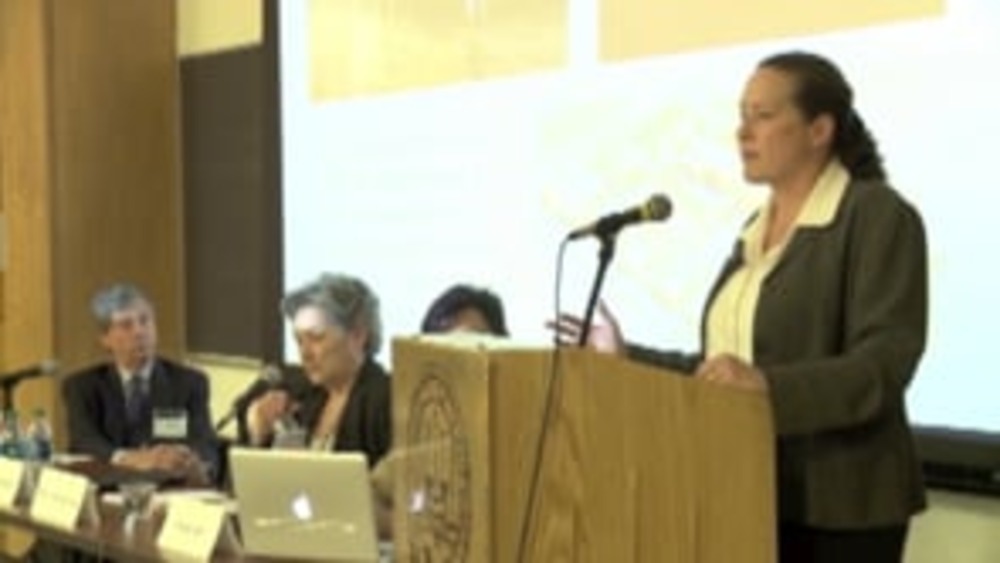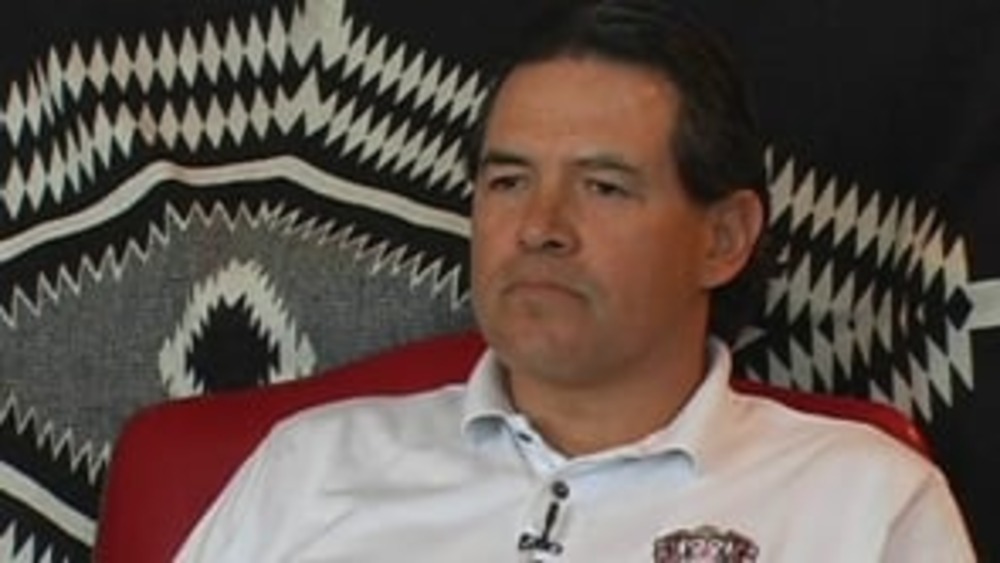Indigenous Governance Database
employment

The Employment Situation of Native Americans
Federal, state, and Tribal policies focused on full employment could have a significant effect on the lives and livelihoods of American Indians and Alaska Natives (collectively called Native Americans in this brief). While the overall employment rate for Native Americans has been trending upward…

Ongoing growth in the number of Indigenous Australians in business
In 2014, Boyd Hunter attempted to provide a consistent estimate of the growth in Indigenous self-employment between 1991 and 2011. Changes in the census questionnaire structure and sequencing means that projecting the growth trends back to 1991 is now problematic. This paper provides a more refined…

Tribal Workforce Development: A Decision-Framing Toolkit
This toolkit shares the main findings of NCAI’s multi-year research project examining the innovative approaches to workforce development that tribal nations along with Native organizations and tribal colleges and universities are forging, how they are achieving success (as they define it), and why…

Blackfeet Nation's Siyeh Corporation
For years the Blackfeet Nation struggled to create sustainable tribal enterprises that could produce revenue for the nation and meet the needs of its citizens for jobs and services. Many of these efforts did not succeed because of conflicts within the tribal government. In 1999, the Nation tried a…

Native Nations and Arizona's Economy
American Indians are disproportionately represented among the low-income residents of the state of Arizona. Across the United States, including in Arizona, reservation economies are growing at a fast pace but low starting points for growth mean that it will take years for American…

Good Native Governance Plenary 2: The Cutting Edge of Economic Development in Indian Country
UCLA School of Law "Good Native Governance" conference presenters, panelists and participants Miriam Jorgensen, Robert Miller, and Sherry Salway Black discuss economic research in Indian Country. This video resource is featured on the Indigenous Governance Database with the permission of the …

LeRoy Staples Fairbanks III: What I Wish I Knew Before I Took Office
Leroy Staples Fairbanks III, who serves on the Leech Lake Band of Ojibwe Council, discusses some of the hard stances he had to take in order to do his job well and also shares an overview of some of the major steps thatthe leech Lake Band has taken in order to govern more effectively and use its…

Brian Cladoosby: The Swinomish Indian Tribal Community's Approach to Governance and Intergovernmental Relations
In this wide-ranging interview with NNI's Ian Record, Chairman Brian Cladoosby of the Swinomish Indian Tribal Community discusses Swinomish's unique governance system, its approach to building relationships with other governments to achieve its strategic priorities, and what he feels are the…

Honoring Nations: Theresa Clark: Yukaana Development Corporation
Theresa Clark of the Yukaana Development Corporation (YDC) in Alaska describes the environmental catastrophe that prompted YDC's establishment and how YDC is working to build the capacity of its own people to do the important work that YDC does.

Honoring Nations: Dr. Dorry Larson and Joyce Country: Sisseton Wahpeton Oyate Professional Empowerment Program (2005)
Representatives for the Sisseton Wahpeton Oyate Professional Empowerment Program Dr. Dorry Larson and Joyce Country present an overview of the program's work to the Honoring Nations Board of Governors in conjunction with the 2005 Honoring Nations Awards.

Northwest Indian College builds Lummi workforce, values tradition
For thousands of years, along the shorelines of the Salish Sea, the Lummi people have dug deep into the earth to harvest clams, oysters and mussels. We have set our reef nets between our canoes to catch salmon from the Salish Sea. For many of us, our most important education has been alongside our…

Ho-Chunk, Inc. CEO Receives Award from U.S. Department of Commerce Agency
Lance Morgan launched the Ho-Chunk, Inc. in 1994 as the economic development corporation of the Winnebago Tribe of Nebraska. Now the president and CEO is receiving the Advocate of the Year Award by the U.S. Department of Commerce’s Minority Business Development Agency (MBDA) at the end of this…

Tribes Pushing Minimum Wage Higher
Though the minimum wage remains at $7.25 per hour for most Oklahomans, several tribal nations pay more or have boosted their entry-level wage above the federal level, a move that could cause the Oklahoma Legislature to take another look at the issue...

Social Enterprise Café Builds Life Skills of Reservation Youth
To the residents of the Cheyenne River Reservation, the newly-opened Keya Café & Coffee Shop in Eagle Butte, South Dakota, is a great place to pick up a cup of coffee and a pastry in the morning. But behind the scenes, this small business is working on a much broader scope by addressing such…

Cherokee Nation Raises Tribal Minimum Wage, More Than $2 Above Federal
Cherokee Nation Principal Chief Bill John Baker signed an executive order on February 21 raising the Cherokee Nation’s minimum wage to $9.50 over the next two years. The current Cherokee Nation minimum wage stands at $9 per hour, already well above the federal minimum wage of $7.25 per hour...

Tribal Solutions: Small Native-Owned Business Expands, Seeks Indian Country Partners
Francella Giatrakis knew from the very beginning of her work life not only that she wanted to own her own business one day, but also that she wanted it to enable her to help Indian communities develop sustainable economies. Recently, her dream came true. Last year Giatrakis, a citizen of the Pueblo…

Oklahoma City University Study Reveals Substantial Economic Impact of the Chickasaw Nation on Oklahoma's Economy
The contribution and impact of the Chickasaw Nation on the economy of Oklahoma exceeds $2.4 billion dollars according to an economic impact analysis released today by the Steven C. Agee Economic Research & Policy Institute at Oklahoma City University. The report, "Estimating the Oklahoma…

Business loans aim to boost Native American entrepreneurship
Even though the city of Bemidji is surrounded by three Indian reservations, there have been few Native American-owned businesses in town. Now, a Red Lake tribal member has opened a new restaurant. It's believed to be the first American Indian-owned restaurant in the city. Owner Marv Hanson tapped…

The Rez We Live On
The Confederated Salish and Kootenai Tribes produced this series of online videos in an effort to dispel untruths about life on the Flathead reservation in Montana. Consisting of 10 short, graphically based videos on topics ranging from Sovereignty to Taxes, "The Rez We Live On" site is geared…

Social and Economic Change on American Indian Reservations: A Databook of the US Censuses and the American Community Survey 1990-2010
The fortunes of Indians on reservations continue to lag those of other racial and ethnic groups tracked by the census in the United States. The per capita income of Indians on reservations, for example, has been less than half the US average, consistently falling far below that of Hispanics,…
